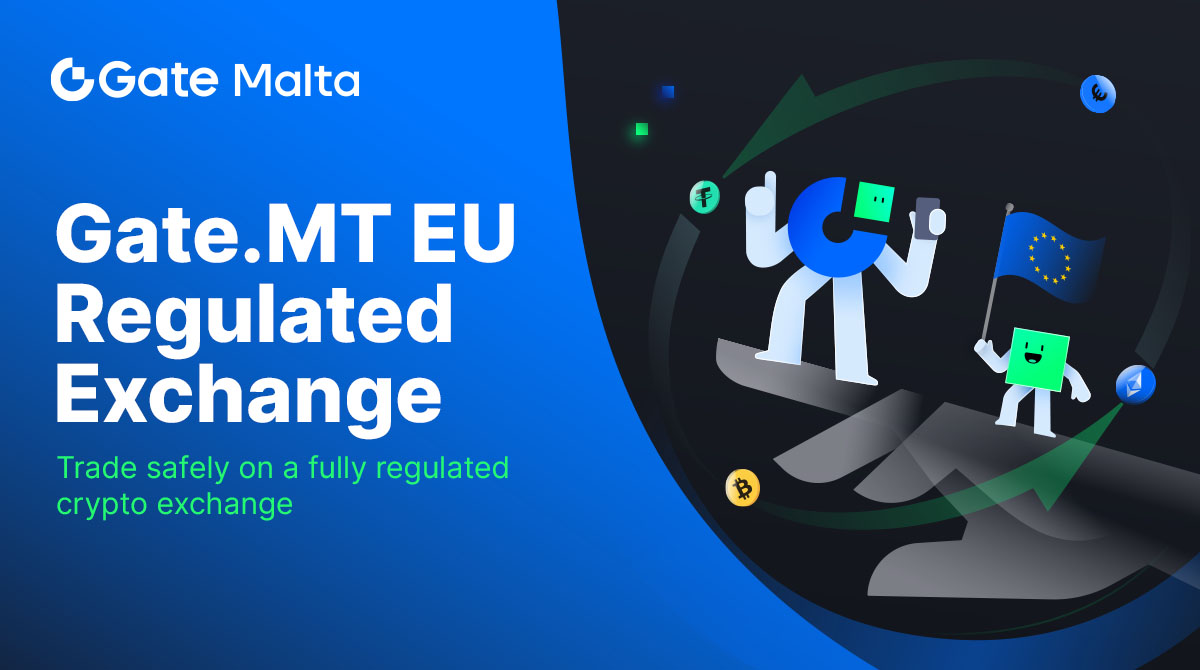The Markets in Crypto-Assets Regulation (MiCA) is the first European Union regulatory framework governing crypto assets in Europe. MiCA is based on the best practices from the EU’s existing regulations on traditional trading securities and applies them to crypto assets and stablecoins.
- Wide-reaching scope: MiCA regulations apply to service providers involved in the trading, management, issuance, and advice of crypto assets. That includes exchanges, crypto trading platforms, custodial wallets, and advisory and management firms in the EU. It also applies to crypto asset issuers and service providers outside the EU who wish to do business with any member states. MiCA regulations clearly define crypto assets that use decentralized ledger technology (DLT), with specific distinctions between cryptocurrencies and tokens. The regulatory framework covers three distinct crypto assets: asset-referenced tokens (ARTs), e-money tokens (EMTs), and utility tokens).
- Stricter rules for stablecoins: MiCA regulations apply stricter rules for stablecoins, requiring legally binding stabilization mechanisms to ensure they are adequately backed with good liquidity to instil user confidence. MiCA regulations also require crypto service providers to obtain authorization and a special license from one of the EU’s national financial regulators to operate in the EU. They must adhere to strict organization requirements to protect investor funds and the financial system’s integrity.
- Unified licensing regime: Crypto service providers in the EU need to obtain authorization from only one national regulator, streamlining operations.
- MiCA regulations will also support crypto innovation, provide legal coverage to mitigate the risks associated with crypto assets and ensure financial stability.
- Phased implementation: The MiCA regulation entered into force in June 2023, but some of its provisions will only apply after a transitional period of 12 to 18 months, depending on the type of crypto asset or service. The regulation also requires the development of technical standards and guidelines by the European Securities and Markets Authority (ESMA) and other EU authorities, which are currently under consultation.
What Will Change for Crypto Exchange and their Users When MiCA Comes In Place?
When the MiCA comes into place, there are a few changes that users can expect. These changes include:
- Users will have more transparency and disclosure about the crypto assets they invest in, such as their risks, rights, and obligations.
- Users will benefit from a harmonized set of rules across the EU, which will reduce regulatory fragmentation and increase legal certainty.
- Users will be able to access a wide range of crypto-asset services, such as trading, custody, and advice, from authorized and supervised entities.
- Users will be protected from market abuse, fraud, and money laundering, as crypto-asset service providers will have to comply with anti-money laundering and consumer protection rules.
These changes are designed to create a more secure and transparent environment for crypto asset trading and to protect consumers from fraud and other risks.
One of the largest and most reputable Malta CFA Class 4 licensed exchanges is Gate.mt, the licensed entity of the global top exchange Gate.io, which offers a wide range of crypto assets for trading.
Why Choose a Malta CFA Class 4 Licensed Exchange Like Gate.mt?
The Malta Financial Services Authority (MFSA) has established a regulatory framework for crypto assets known as the Malta Innovative Technology Arrangements (MITA) regime. This framework provides a safe and secure environment for crypto asset trading. This Virtual Financial Asset (VFA) framework is the closest in Europe to MiCA. Hence, there will be better advantages than other exchanges in terms of security and adherence to the new regulation. Exchanges that are licensed under the MITA regime are required to meet certain standards, such as:
- Enhanced security: Malta CFA Class 4 licensed exchanges are required to implement robust security measures to protect customer funds and data. These measures include multi-factor authentication and cold storage for crypto assets.
- Transparency: they are required to be transparent about their operations. This includes publishing regular reports on their financial performance and risk management practices.
- Customer protection: They are required to have customer protection measures in place to safeguard customer funds. These measures include insurance and compensation schemes.
In Conclusion
Trading on a Malta CFA Class 4 licensed exchange like Gate.mt is a safe and secure way to trade crypto assets. MITA Licensed exchanges are subject to rigorous regulation and have a proven track record of protecting customer funds and data. As MiCA comes into place, users can expect even more stringent requirements for exchanges. This will help to ensure that Malta remains a leading destination for crypto asset trading.

